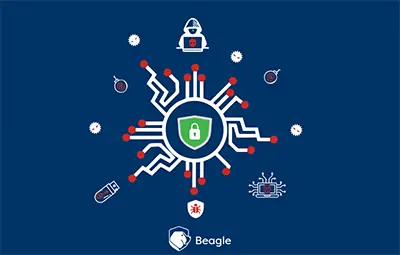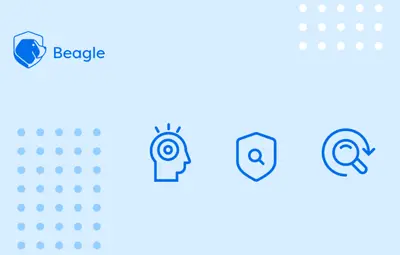
A zero-day vulnerability in an application is one that has been discovered but not yet patched. A zero-day vulnerability targeted exploit is known as a zero-day exploit.
Bug bounties of up to USD 2 million have been paid out for zero-day vulnerabilities.
Zero-day attacks/exploits are highly prized on underground markets and the dark web because no patches or remedies are available. Within hours of being discovered on the illegal market, they are sold to the highest bidder.
Zero-day vulnerabilities
Zero-day vulnerabilities are software, hardware, firmware, or code gaps, misconfigurations, security holes, faults, or bugs that were previously unknown to the parties concerned — users, organizations, vendors, and security teams.
Only when a successful zero-day attack occurs or is discovered by security researchers do they become known to developers and organizations.
Zero-day exploits
A zero-day exploit is a weakness that targets a software vulnerability that the software vendor or threat detection software is unaware of.
The attacker discovers the software flaw before anybody else is interested in fixing it, writes an exploit, and uses it to launch an attack.
Such attacks are very likely to succeed because no defenses are in place.
As a result, zero-day attacks are extremely dangerous. Usually targets for a zero-day exploit include large enterprises, government enterprises, etc.
Zero-day attacks
A zero-day attack takes advantage of a potentially dangerous software security flaw that the manufacturer or developer is unaware of.
To keep software users safe, the programme developer must act quickly to fix the flaw as soon as it is detected.
Some well known zero-day attacks are Stuxnet, Sony zero-day attack in 2014, RSA in 2011, Operation Aurora in 2009, etc.
Zero-day vulnerabilities in web applications
Zero-day vulnerabilities in web applications are typically identified in newly deployed code.
The likelihood is higher with applications developed in-house. There is no way for anyone to know or disclose the vulnerability in advance.
Because the application is used by a single entity, there is a decreased possibility of security flaws being disclosed in this situation.
External vendors will not supply the patch if the zero-day vulnerability is in newly installed code or customized in-house applications. The organization and its IT security staff are responsible for identifying and closing gaps.
Zero-day vulnerability detection
Vulnerability scanning - Companies that provide vulnerability scanning services can mimic assaults
Patch management - For newly found software vulnerabilities, deploy software patches as quickly as possible
Input validation and sanitization - validating input and sanitizing code processes is one of the most effective ways to avoid zero-day attacks. Added to that, deploying a web application firewall (WAF) on the network edge is also widely adopted. RASP can detect and stop zero-day attacks by detecting and responding to unusual behavior within the protected application.
Zero-day initiative - A program established to reward security researchers for responsibly reporting vulnerabilities instead of selling the information on the black market.
Conclusion
Zero-day attacks are difficult to forecast and defend against since they are unpredictable. Some countermeasures that businesses can use to protect themselves from zero-day attacks are:
Update online infrastructure on a regular basis
Secure email gateways, servers, and networks
Apply the least privilege principle
Cyber security hygiene should be nurtured and practiced
Use multiple layers of security protection













